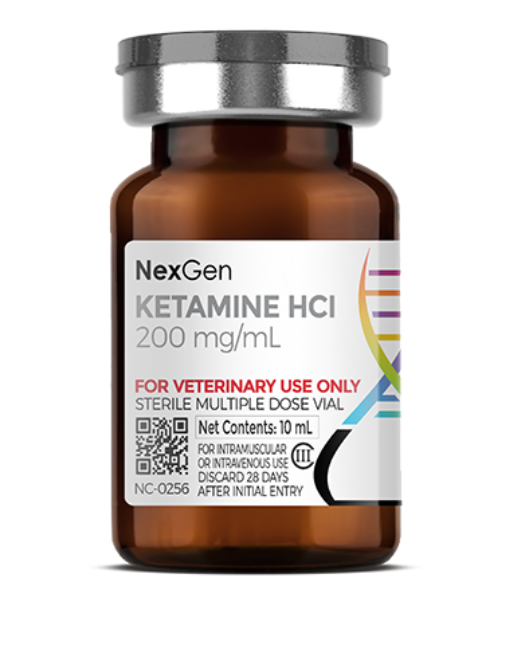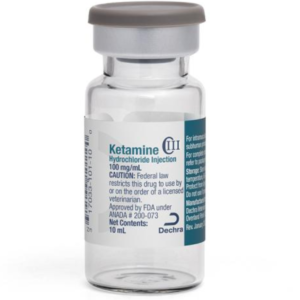While the anesthesia of wild animals is often carried out under difficult conditions, procedures for the anesthesia of zoo animals—many being of the same species encountered in the wild—can usually be streamlined to reduce much of the stress encountered by their wild counterparts. In the zoo setting, cooperative animals can receive drugs in the same manner as domestic animals. Procedures can be simplified when the animal has been made accustomed to injections, or any other behavior that may assist the veterinary staff. When an animal is uncooperative, the use of a pole syringe, compressed gas projectors such as blowpipes or CO2rifles and pistols may be needed to administer drugs via remote dart.
Anesthetic protocols and drugs formulated for rapid induction and recovery can minimize stress and the risk of injury to the animals. Assessment and improvement of anesthesia are important parts of the zoo veterinarian’s duties, since physiological and environmental disturbances can influence the well-being of animals.
Ketamine: Pharmacology and Pharmacokinetics
Ketamine is a rapid-acting general anesthetic that has significant analgesic activity and a relative lack of cardiopulmonary depressant effects in healthy animals. It is thought to induce both anesthesia and amnesia by functionally disrupting the CNS through over-stimulating the CNS or inducing a cataleptic state. Ketamine binds the phencyclidine-binding site of the NMDA receptors, which prevents glutamate, an excitatory neurotransmitter, from stimulating these receptors. Ketamine also interacts with opioid and monoaminergic receptors, which contributes to the antinociceptive effects of this drug. It is also believed that ketamine acts as an antagonist at the muscarinic receptor site, due to its anticholinergic effects (eg, bronchodilation, delirium, and sympathomimetic action); however, these symptoms may also be caused by direct stimulation of the sympathetic system.3
Dosages
When using medetomidine in zoo, exotic and wildlife medicine refer to specific references, including:
a) Zoo Animal and Wildlife Immobilization and Anesthesia, 2nd ed. West, G., Heard, D., Caulkett, N. (eds.). Blackwell Publishing, 2014.
b) Handbook of Wildlife Chemical Immobilization, 3rd Ed. Kreeger, T.J. and J.M. Arnemo. 2007.
c) Fowler’s Zoo and Wild Animal Medicine Current Therapy, Volume 7, Miller, R.E., Fowler, M.E., Saunders. 2011.
d) Exotic Animal Formulary, 5th Ed. Carpenter, J.W., Saunders. 2017.
Where to buy Ketamine HCL 200mg/ml
Ketamine HCL injectable anesthesia is available in the U.S. through several pharmaceutical manufacturers and through veterinary custom compounding companies.
FOR RX ONLY: A valid prescription from a licensed veterinarian is required for dispensing this medication.
2Marjani M, Akbarinejad V, Bagheri M. Comparison of intranasal and intramuscular ketamine-midazolam combination in cats. Vet Anaesth Analg. 2015;42(2):178-181.
3Peltoniemi MA, Hagelberg NM, Olkkola KT, Saari TI. Ketamine: A Review of Clinical Pharmacokinetics and Pharmacodynamics in Anesthesia and Pain Therapy. Clin Pharmacokinet. 2016;55(9):1059-1077.
4Bays T. Practice tips for exotic animals. Paper presented at: Proceedings: WVC2009.
5Baratta MT, Zaya MJ, White JA, Locuson CW. Canine CYP2B11 metabolizes and is inhibited by anesthetic agents often co-administered in dogs. J Vet Pharmacol Ther. 2010;33(1):50-55.




Reviews
There are no reviews yet.